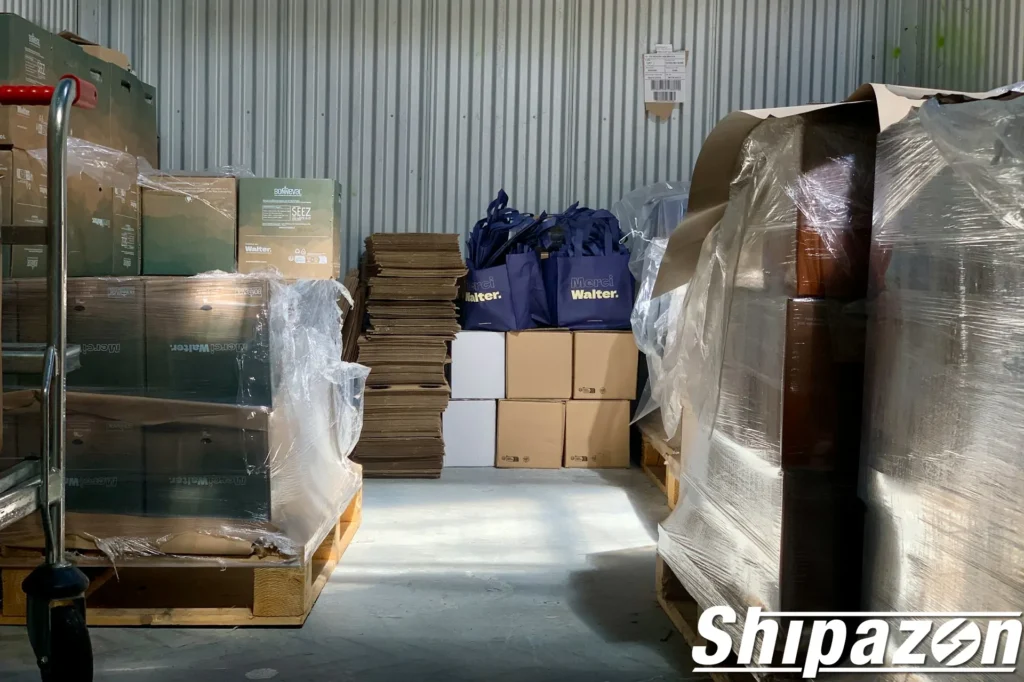Fulfillment by Amazon (FBA) has changed e-commerce radically. It serves sellers a streamlined way to store, pack, and ship their products. However, to optimize the functions of FBA, it is important for sellers to understand and optimize the shipping process from end to end. These will give effects on how to choose the right products to prepare shipments and monitor inventory. All of which will lead to qualified performance, costs, and customer satisfaction.
New to FBA? This step-by-step tutorial will walk you through the essential strategies to optimize your Amazon FBA shipping process efficiently and effectively, check our previouse article Amazon FBA Tutorial Step by Step.
To achieve optimized efficiency, cost-effectiveness, and scalability, there are some practical strategies for the Amazon FBA shipping process.
Contents
Understand Amazon’s FBA Requirements
This is the first and main step. It is important to have a proper understanding of Amazon’s FBA guidelines. These covers product preparation, labeling, and packaging. Sellers should prevent any non-compliances which can lead to delays, additional fees, or even inventory being rejected.
To collect information, sellers can read the FBA product preparation requirements carefully. These requirements also cover some rules including poly bagging, bubble wrapping, and expiration dates.
Amazon has some policies to obey. Sellers have to know these policies so that they can obey them. There can be any changes, so sellers have to keep updated with changes in Amazon’s policies since these changes can affect some issues such as shipment requirements, restock limits, or warehouse destinations.
Choosing the Right Products and Shipment Plans
The second issue to consider is about choosing the right products for FBA. All products served by FBA may not be ideal for the needs. Then, it is important to optimize the FBA shipping process. This can be done starting from the shipping process until to sell the right items.
Sellers may consider some products with high quality such as high margin and fast-moving products. These products will not incur high storage fees. Sellers may give another consideration on product size tiers. These products have varied shipping and storage fees based on their dimensions and weight.
It is also better to avoid some other types of products such as products with seasonal demand. These even need storage for months and incur long term storage fees.
Another issue to consider is about accurate and efficient shipment plans. Amazon’s shipment creation process directly determines to which fulfillment centers to send the inventory. However, optimized shipments can save time and costs.
Sellers may use Inventory Placement Service (IPS). This service offers shipping all units to one location instead of multiple warehouses (though it comes with a fee).
Sellers may also group similar products together and have plans for shipments in batches in order to reduce labeling errors. It is also important to always have double-check SKU counts and barcodes in order to ensure data accuracy.
Leverage Inventory Management Tools
Management on inventory levels in accurate manners will lead to the absence of stockouts or overstocking. Efficient inventory management serves as an important role to avoiding extra FBA fees and ensuring timely restocking.
To achieve this efficient inventory management, it is better to use Amazon’s Inventory Performance Index (IPI). This index helps to monitor storage health. Sellers may try the best to keep IPI scores above the threshold to avoid storage limits.
Another way to achieve this is by considering using third-party inventory management software such as RestockPro, InventoryLab, or SoStocked. These will help to have more detailed forecasting.
Ensure Proper Packaging, Labeling and Shipping
This step needs detailed and thorough attention and may not lead to any mistakes. Such mistakes in packaging or labeling can delay shipments and result in penalty charges. Amazon has strict packaging standards to obey by sellers. Sellers which face failure to meet them may give effects on seller metrics.
To have these proper packaging and labeling, sellers may use FNSKU barcodes correctly and place them on each individual unit, not the outer box. It is good to avoid any damaged or irregular packaging. Sellers may always invest in quality materials that meet Amazon’s requirements.
Anytime shipping fragile items, sellers may always label the products as “fragile” and include additional padding.
After the packaging and labeling is completed, the next step means that the products are ready for shipping. Sellers must always use reliable freight and shipping partners.
Sellers have to get the products to Amazon’s fulfillment centers efficiently and on time. This step is a critical part of the process. Working with the right shipping partners can prevent any work errors and lead to a big difference.
Sellers may choose between Amazon-partnered carriers or their own preferred carriers. Partnered options may provide discounted rates in some special conditions. Sellers may also use less-than-Truckload (LTL) shipping for large shipments since it is more economical for volume.
If sellers use LTL, they have to comply with pallet and freight requirements. These include labeling and pallet sizes.
Final Note
Optimizing the Amazon FBA shipping process gives more benefits to sellers. Shipazon provides comprehensive warehousing and fulfillment services for e-commerce sellers and traditional businesses. Our services include port drayage, transloading, cross-docking, final-mile delivery, and also Amazon fulfillment which can meet seller needs.

